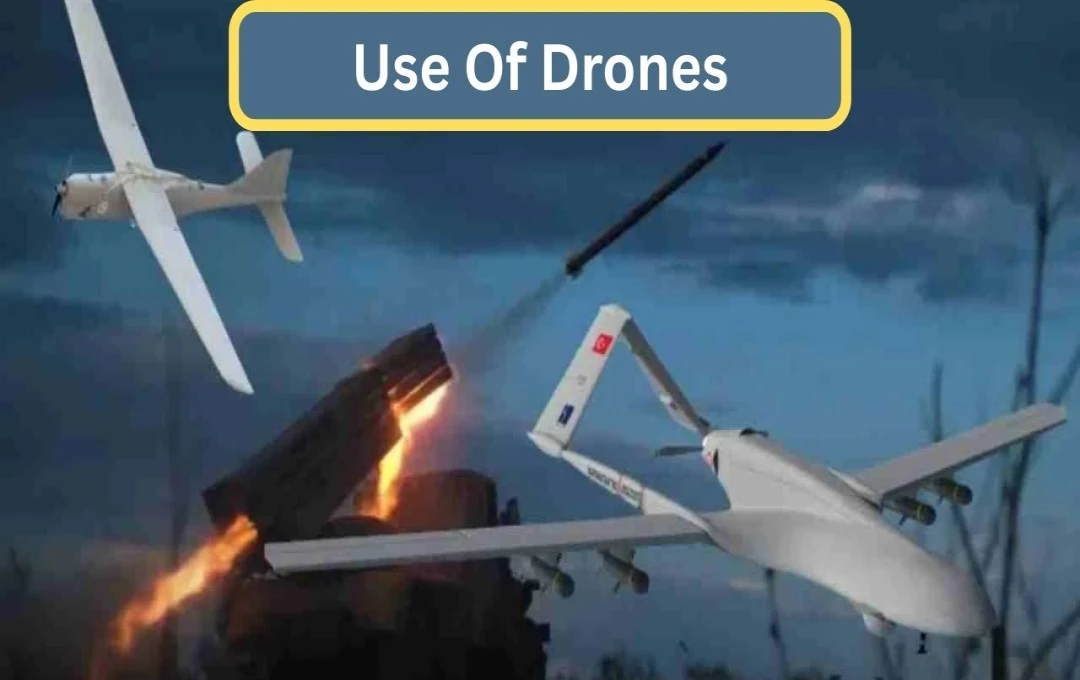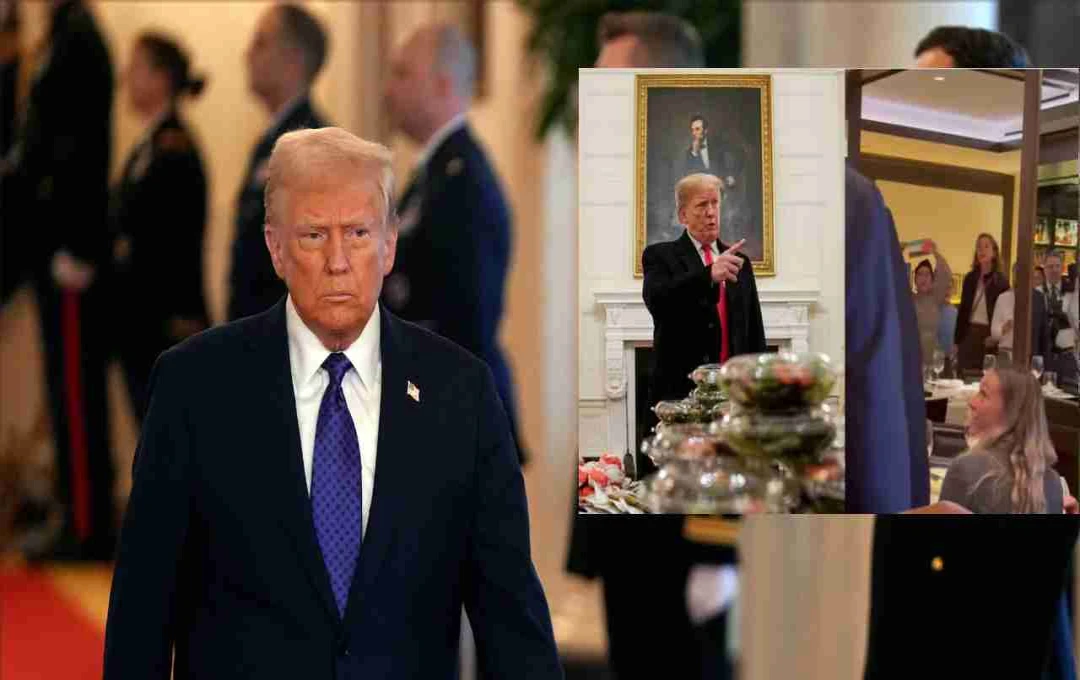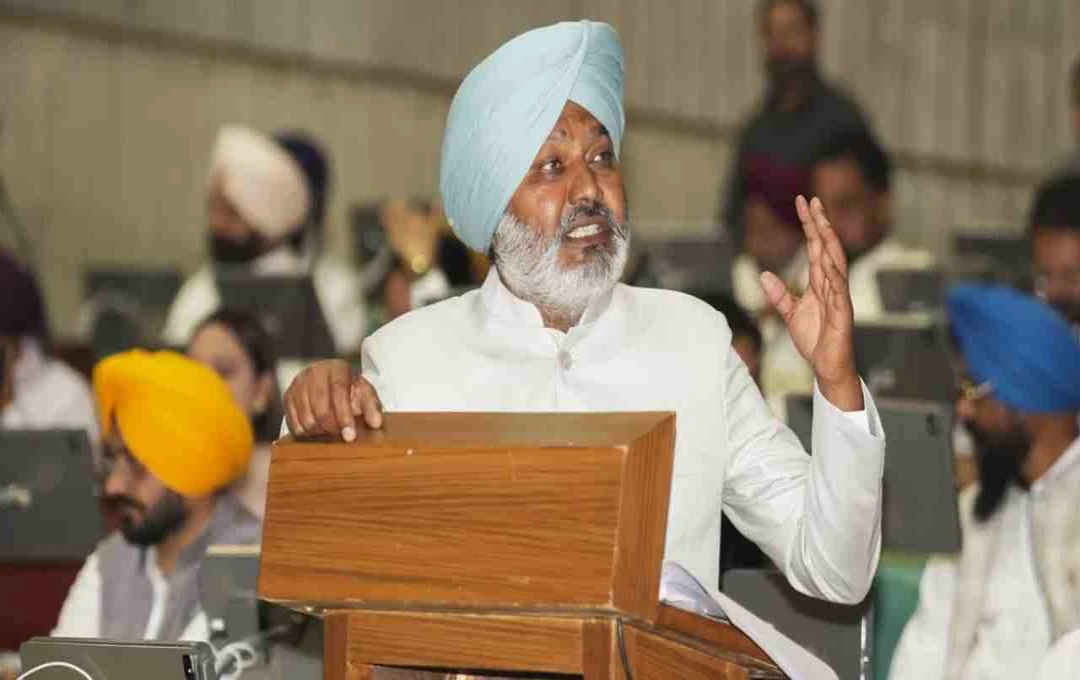Drones have become a crucial and effective component of modern warfare. They not only aid in intelligence gathering but also enable swift and precise strikes, significantly hindering enemy operations.
Technology: While soldiers and weaponry remain central to contemporary warfare, drones (UAVs) have fundamentally reshaped the battlefield. Previously limited to ground and air forces, drones have proven their efficacy across all fronts, from air to ground. They gather precise intelligence from enemy territory, and attack drones are playing a significant role in combat.
This technological advancement is not only altering strategic warfare patterns but is also poised to become the most influential force in future conflicts.
A History of Drones: From Early Experiments to the Present Day
The history of drones spans over a century. Their first use dates back to 1914-1918, during World War I, when Britain and the United States began developing pilotless aircraft. While these early drone models were not deployed in combat, they marked a significant step in the field of remote-control flight. In 1935, Britain created the 'Queen Bee,' a remote-controlled drone, giving rise to the term "drone."
During the 1950s and 60s, the United States began using drones for reconnaissance. Smaller drones were extensively employed during the Vietnam War. By the 1970s, drone flight capabilities had improved, enabling sustained flight for up to 24 hours. In the 1990s, real-time satellite data further enhanced drone capabilities. In 2000, the United States weaponized the 'Predator drone,' enabling it to perform both reconnaissance and offensive attacks.
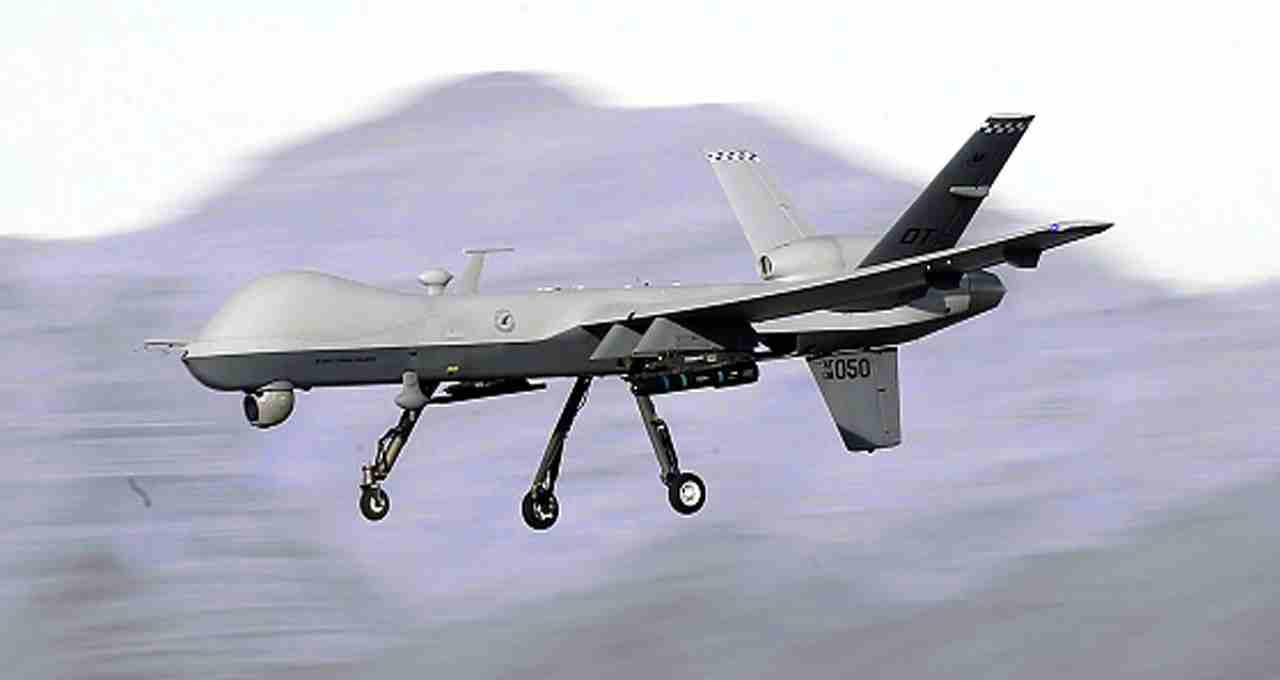
The Introduction of Drones in India
India first recognized the significance of drones during the 1999 Kargil War. The Indian Air Force needed reconnaissance aircraft to accurately assess enemy positions. Following the Kargil War, India purchased 'Searcher' and 'Heron' drones from Israel, which proved instrumental in providing precise intelligence on enemy locations in combat zones.
India also acquired 'Harpy' drones from Israel, capable of destroying radar systems. These drones were used in Operation Sindoor to eliminate Pakistani terrorist bases. In 2009, India purchased 'Harop' drones, capable of attacking and disabling enemy radar systems.
In 2021, India bought 'Heron TP/Mark 2' drones from Israel, capable of long-duration flights and carrying heavy payloads. Recently, India has leased 'MQ-9B SeaGuardian' drones from the United States. These drones are planned for use specifically against Pakistan and China.
Drone Usage: Strategy and Technological Advancements
Drones have revolutionized warfare strategies. Previously, infiltrating enemy territory was extremely dangerous and risky. Now, drones enable precise strikes without deploying ground troops, proving highly advantageous for the military.
In India, drone use extends beyond reconnaissance and attacks, enhancing the speed and precision of military operations. Recently, the Indian military used drones to target Pakistani air defense systems and terrorist bases. 'Harop' drones successfully disabled enemy radar and communication systems.
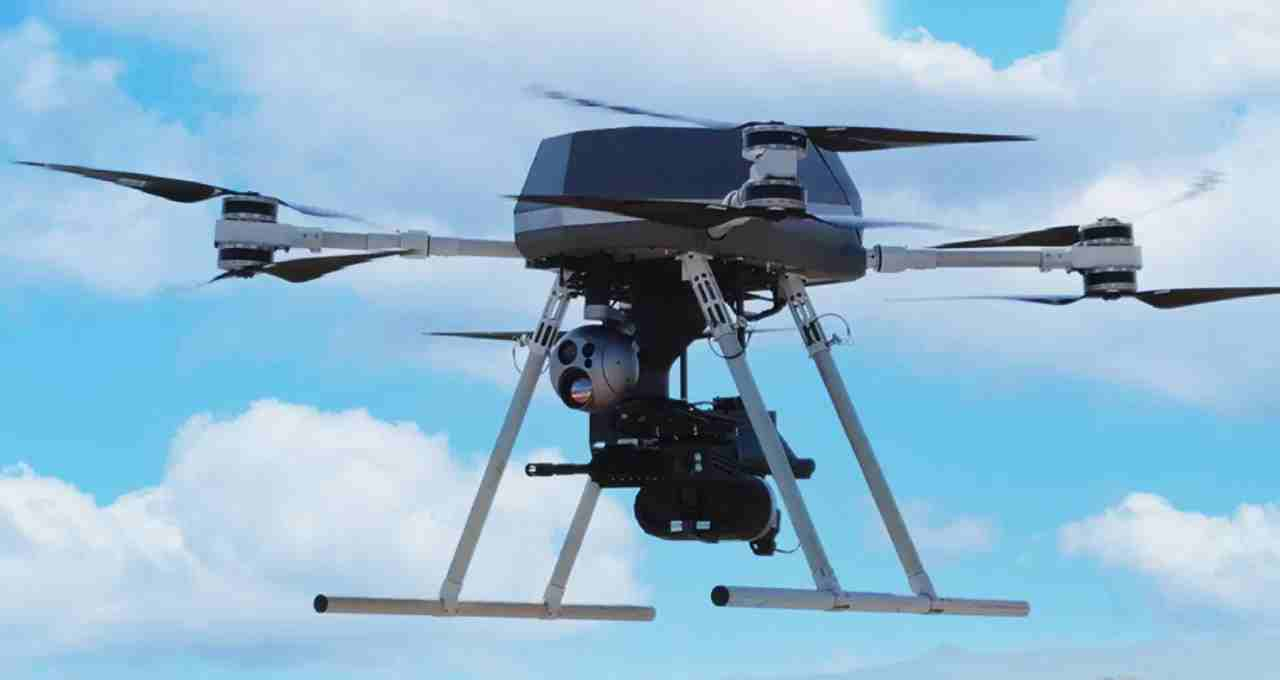
The Future Role of Drones
The role of drones in warfare is becoming increasingly significant. They are no longer merely reconnaissance tools but have become a powerful weapon of war. Technology experts like Elon Musk believe drones will play a crucial role in future conflicts. Developing new technologies for cybersecurity and counter-drone measures is essential. However, the pivotal role of drones in the future of warfare is undeniable—and this is only the beginning.
Drones have proven their power and impact in modern warfare. From the India-Pakistan conflict to the Russo-Ukrainian War, drones have demonstrated their importance. Future technological advancements and improvements in drone technology could further transform warfare, ushering in a new era of combat strategy.
